The Toyota Prius: A Comprehensive Overview
The Toyota Prius, an icon of the hybrid vehicle movement, has significantly shaped the automotive landscape since its introduction in 1997. As one of the most recognizable names in hybrid technology, the Prius has evolved through several generations, setting standards in fuel efficiency, innovation, and environmental stewardship. This article delves into the Prius’s history, design evolution, technological advancements, market impact, and future prospects, providing a thorough understanding of why this vehicle continues to be a major player in the hybrid and electric vehicle (EV) markets.
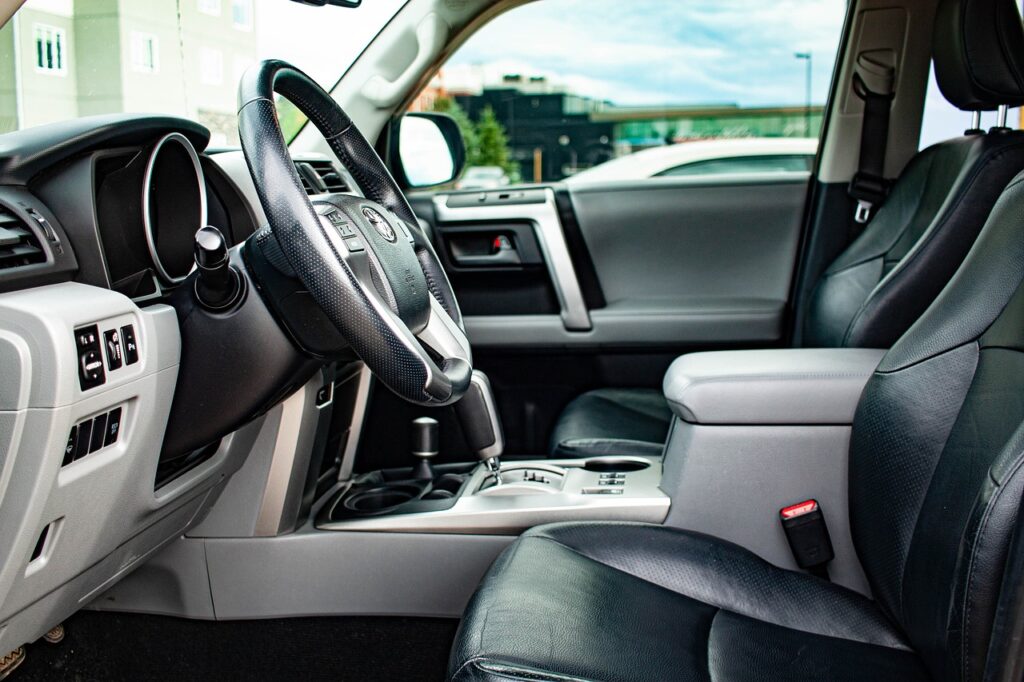
1. Introduction to the Toyota Prius
The Toyota Prius made its debut in Japan in 1997 as the world’s first mass-produced hybrid vehicle. The term “Prius” is derived from Latin, meaning “to go before” or “to advance,” which aptly describes Toyota’s aim with this pioneering vehicle: to lead the way in environmentally friendly transportation. The Prius was introduced to the U.S. market in 2000, quickly gaining attention for its revolutionary approach to fuel efficiency and reduced emissions Toyota Prius.
2. Evolution Through the Generations
First Generation (1997-2003): The first-generation Toyota Prius was a compact sedan that featured a 1.5-liter gasoline engine paired with an electric motor, producing a combined output of 70 horsepower. This model introduced the world to Toyota’s Hybrid Synergy Drive (HSD) system, which combines a gasoline engine with an electric motor to achieve higher fuel efficiency and lower emissions. Although its design was somewhat unconventional, it set the foundation for future advancements in hybrid technology.
Second Generation (2004-2009): The second-generation Prius, launched in 2004, represented a significant leap forward in design and technology. It featured a more aerodynamic shape, a larger interior, and a new, more efficient 1.5-liter engine. The introduction of the “H” drive system allowed for better performance and fuel economy. This generation saw the Prius become a mainstream choice for eco-conscious drivers, thanks to its improved fuel efficiency and distinctive look Toyota Prius.
Third Generation (2010-2015): The third-generation Toyota Prius, introduced in 2010, continued to refine the hybrid formula with a larger, more powerful 1.8-liter engine and improved aerodynamics. This model boasted a fuel economy rating of up to 50 miles per gallon (mpg), making it one of the most fuel-efficient vehicles on the market. The interior received updates with better materials and technology, and the Prius also gained additional safety features and advanced driver assistance systems.
Fourth Generation (2016-Present): The fourth-generation Toyota Prius, launched in 2016, marked a significant redesign with a more aggressive and modern exterior style. It featured a new 2.0-liter engine and a redesigned hybrid system, improving both performance and fuel efficiency. The interior was upgraded with more technology and comfort features, including a larger touchscreen display and enhanced connectivity options. This generation also introduced a range of new safety features, including Toyota’s Safety Sense package, which includes adaptive cruise control, lane departure warning, and automatic emergency braking.
3. Technological Innovations
Hybrid Synergy Drive: At the heart of the Toyota Prius’s success is Toyota’s Hybrid Synergy Drive system. This technology integrates a gasoline engine with an electric motor, using sophisticated control systems to optimize fuel efficiency and performance. The system allows the Prius to operate in various modes, including electric-only, gasoline-only, or a combination of both, depending on driving conditions.
Battery Technology: Over the years, Toyota has continually improved the battery technology used in the Prius. The original nickel-metal hydride (NiMH) batteries have been replaced by more advanced lithium-ion (Li-ion) batteries in recent models. These batteries are lighter, more efficient, and have a longer lifespan, contributing to improved overall performance and fuel economy.
Regenerative Braking: Another key feature of the Prius is its regenerative braking system. This technology captures the energy normally lost during braking and converts it into electrical energy, which is then stored in the battery. This process helps recharge the battery and improves overall efficiency.
Driver Assistance Systems: Modern Priuses come equipped with a suite of advanced driver assistance systems, including Toyota’s Safety Sense package. This suite includes features such as adaptive cruise control, lane departure warning, automatic high beams, and pre-collision systems. These technologies enhance safety and help drivers navigate various driving conditions with greater confidence.
4. Environmental Impact and Fuel Efficiency
One of the primary reasons for the Prius’s popularity is its exceptional fuel efficiency and reduced environmental impact. The latest Prius models can achieve up to 58 mpg combined, making them among the most fuel-efficient vehicles available. This impressive fuel economy helps reduce greenhouse gas emissions and minimizes the vehicle’s carbon footprint.
The Prius has also played a significant role in promoting the adoption of hybrid technology and raising awareness about environmental issues. By demonstrating that hybrid vehicles can be practical and affordable, the Prius has helped pave the way for other manufacturers to develop their own hybrid and electric vehicles.
5. Market Impact and Popularity
The Toyota Prius has had a profound impact on the automotive market. It was the first hybrid vehicle to gain widespread acceptance and has remained a top choice for environmentally conscious consumers. The Prius has influenced the development of hybrid technology and has set a benchmark for other manufacturers to follow.
The Prius’s success has also contributed to Toyota’s reputation as a leader in environmental innovation. The company’s commitment to hybrid technology has extended beyond the Prius, leading to the development of other hybrid models, such as the RAV4 Hybrid and the Corolla Hybrid.
Despite facing competition from newer hybrid and electric vehicles, the Prius remains a popular choice due to its reliability, fuel efficiency, and reputation for environmental responsibility. Its loyal customer base and continued innovations ensure that it remains a significant player in the hybrid vehicle market.
6. Future Prospects
As the automotive industry continues to evolve, the future of the Toyota Prius is likely to be influenced by several factors, including advancements in electric vehicle technology, changing consumer preferences, and regulatory developments.
Electrification Trends: With the growing emphasis on electric vehicles and the shift towards zero-emission transportation, Toyota is investing heavily in developing new EV technologies. The Prius may continue to evolve, incorporating new electric drivetrain technologies and expanding its range of electrified options. Toyota has already announced plans to introduce a range of new EV models, and the Prius could play a key role in this transition.
Enhanced Connectivity and Automation: Future iterations of the Prius are likely to feature advanced connectivity and automation technologies. This could include improvements in infotainment systems, autonomous driving capabilities, and integration with smart grid technologies. As these technologies become more prevalent, the Prius may incorporate them to enhance the driving experience and provide greater convenience and safety.
Sustainability Initiatives: Toyota’s commitment to sustainability will likely drive future developments in the Prius. This could involve the use of more sustainable materials in the vehicle’s construction, further improvements in fuel efficiency, and continued efforts to reduce the environmental impact of production processes.
Conclusion
The Toyota Prius has been a trailblazer in the hybrid vehicle market, setting standards for fuel efficiency, environmental responsibility, and technological innovation. From its humble beginnings as the world’s first mass-produced hybrid vehicle to its current status as a leading choice for eco-conscious drivers, the Prius has made a lasting impact on the automotive industry.
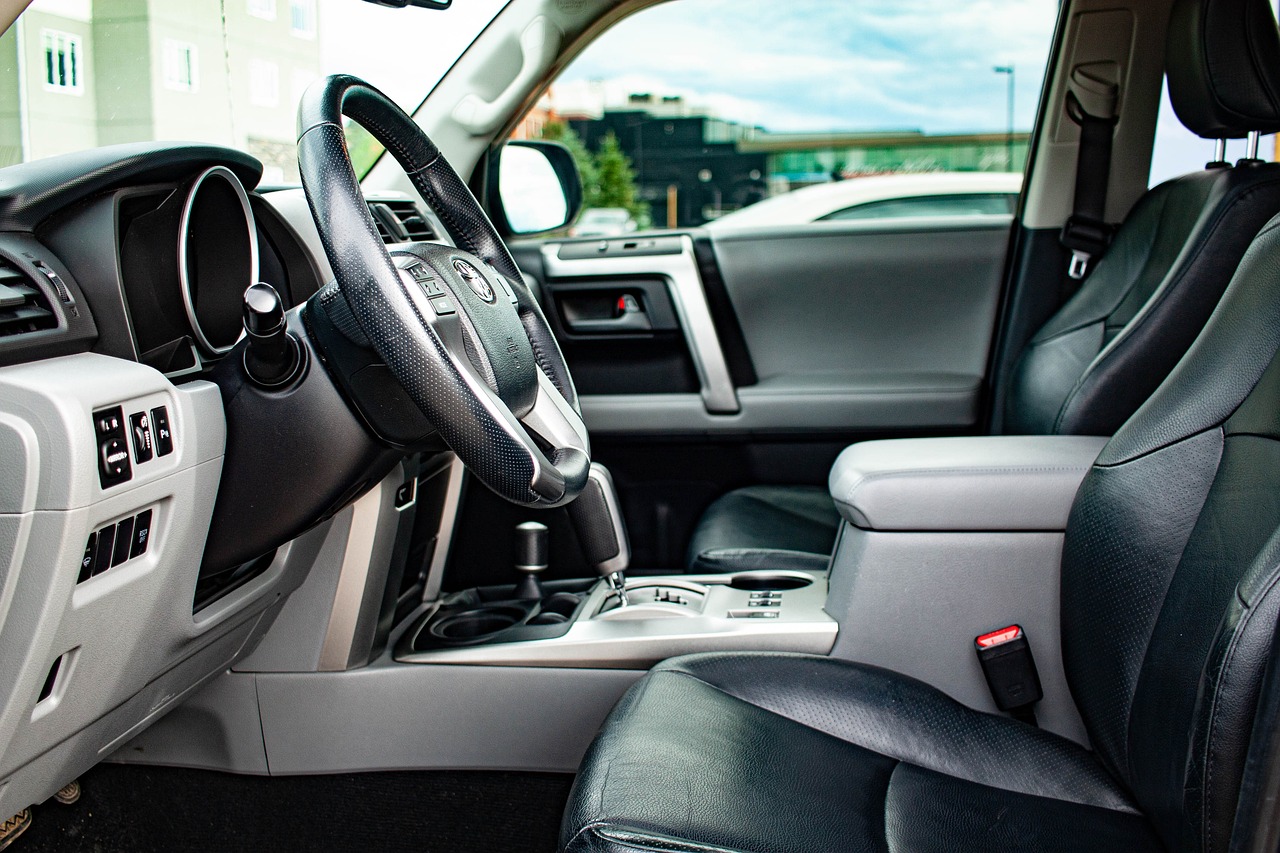
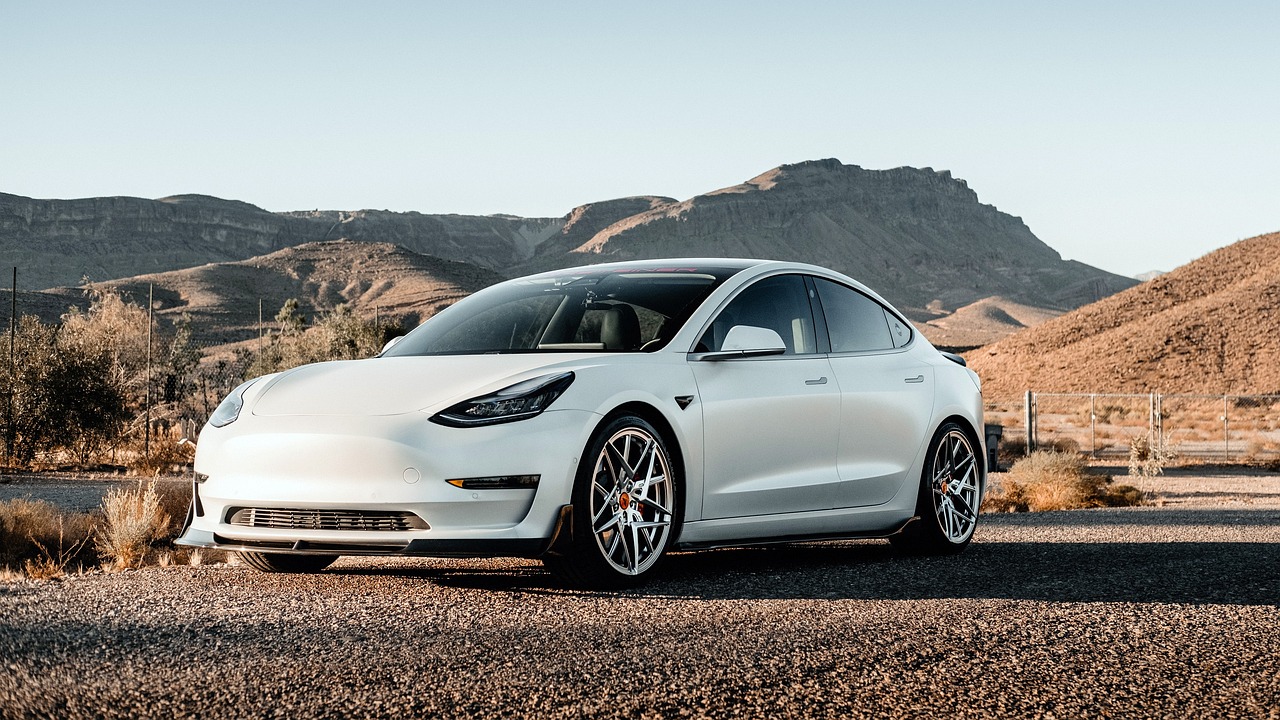

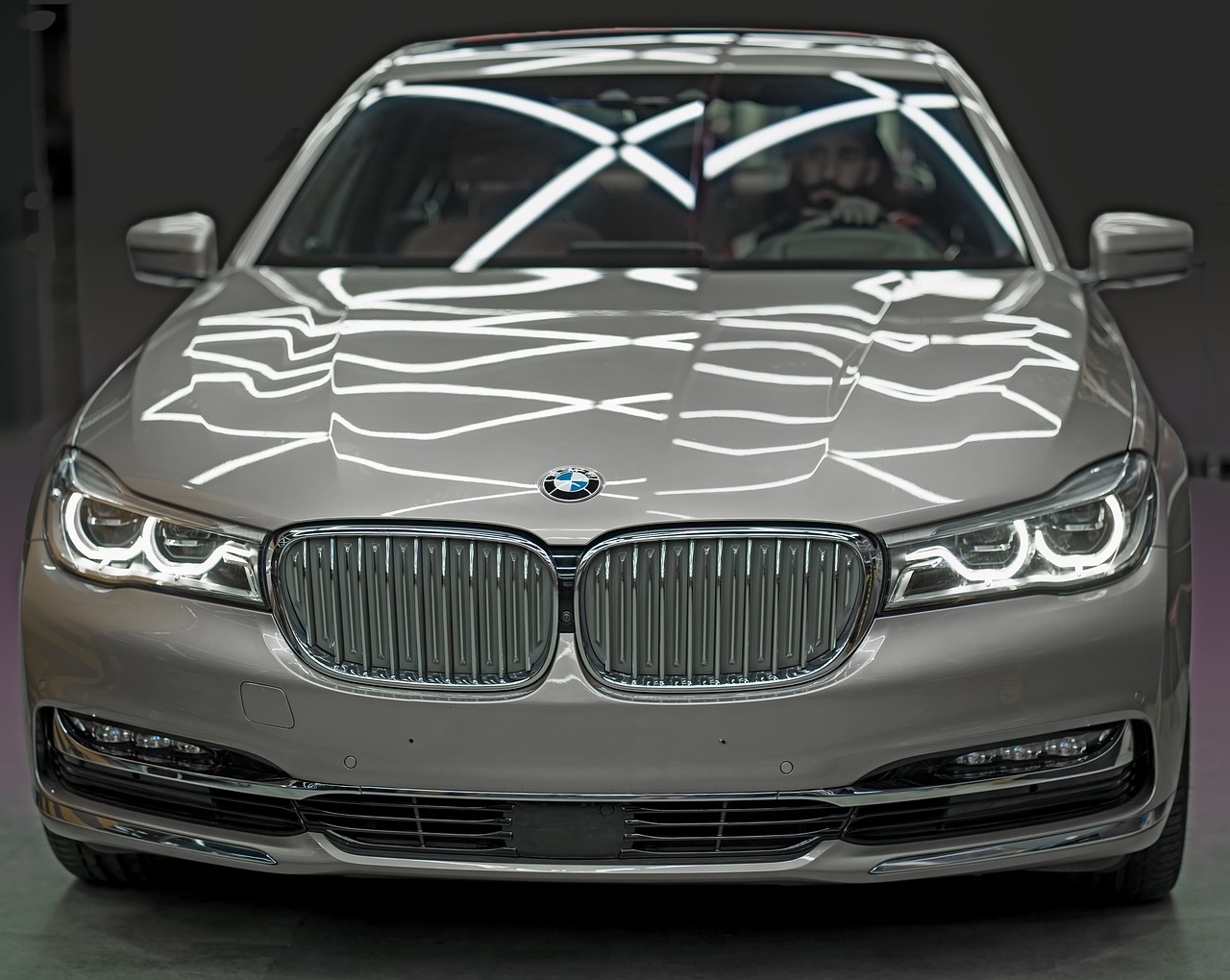
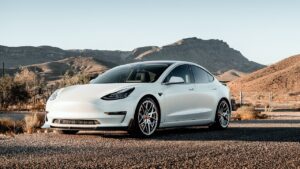

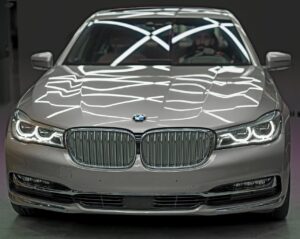






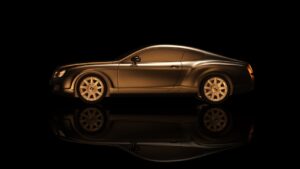
Post Comment